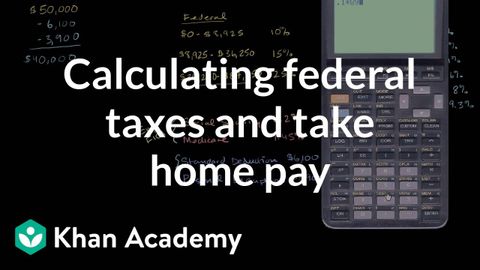
字幕と単語
連邦税の計算とテイク・ホーム・ペイ (Calculating federal taxes and take home pay)
00
Puzzle New が 2021 年 01 月 14 日 に投稿保存
動画の中の単語
gross
US /ɡros/
・
UK /ɡrəʊs/
- n. (c./u.)グロス(単位 : 1グロスは12ダース);合計;総重量
- v.t.総収益をあげる
- adj.気持ち悪い;総計の;下品な
B1 中級TOEIC
もっと見る エネルギーを使用
すべての単語を解除
発音・解説・フィルター機能を解除
